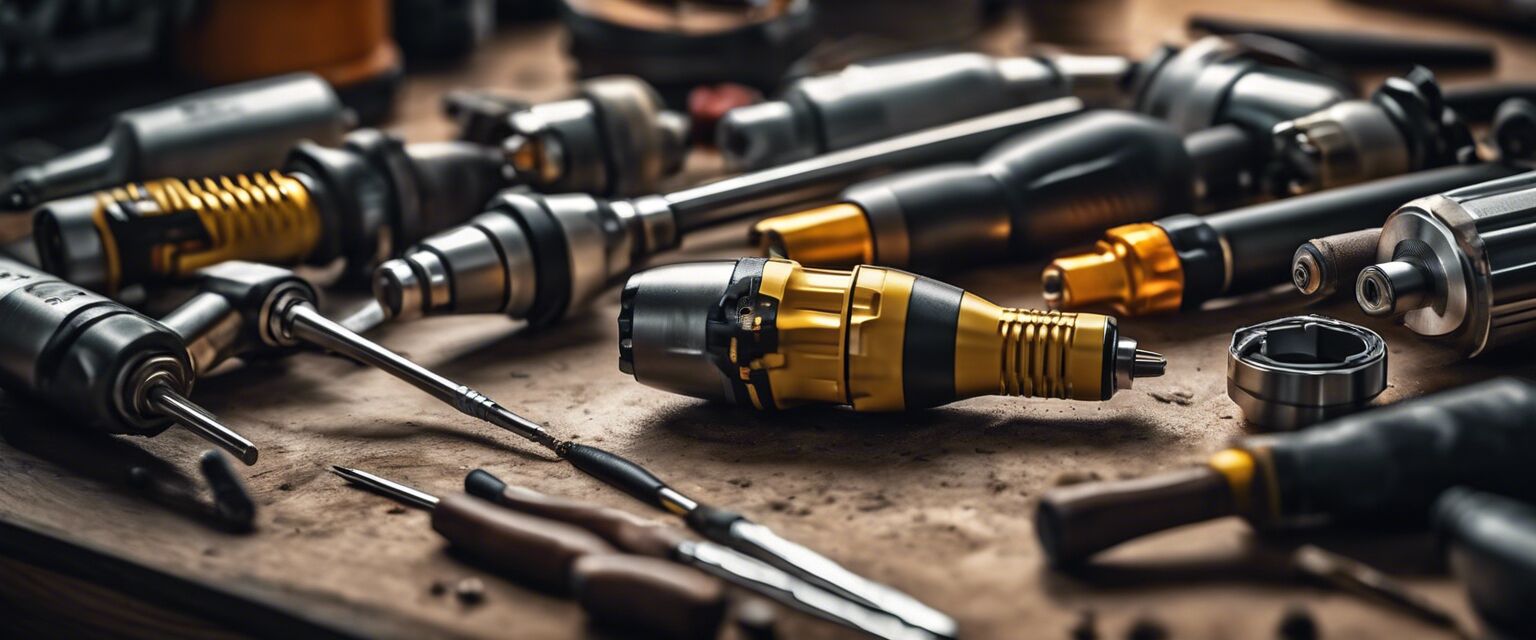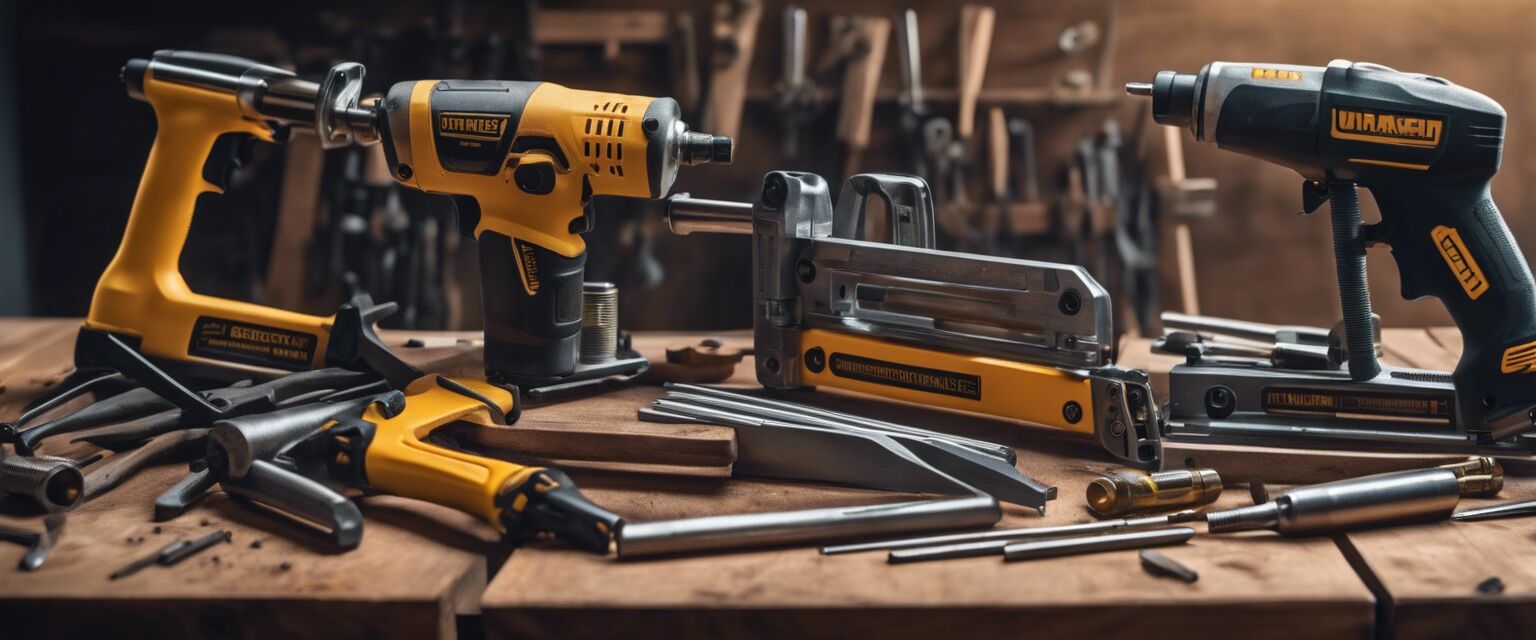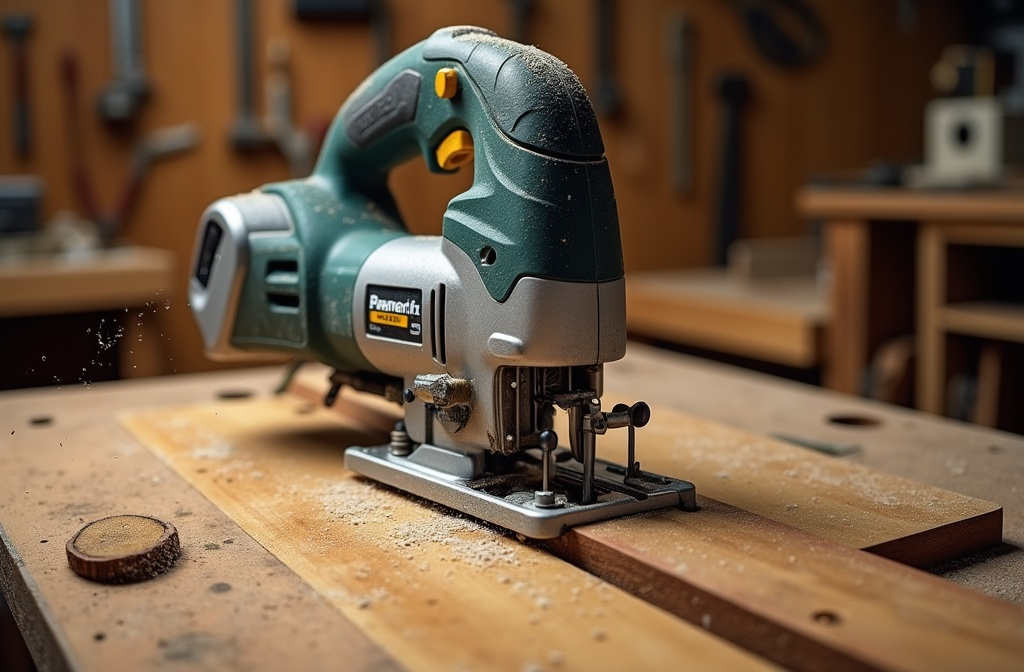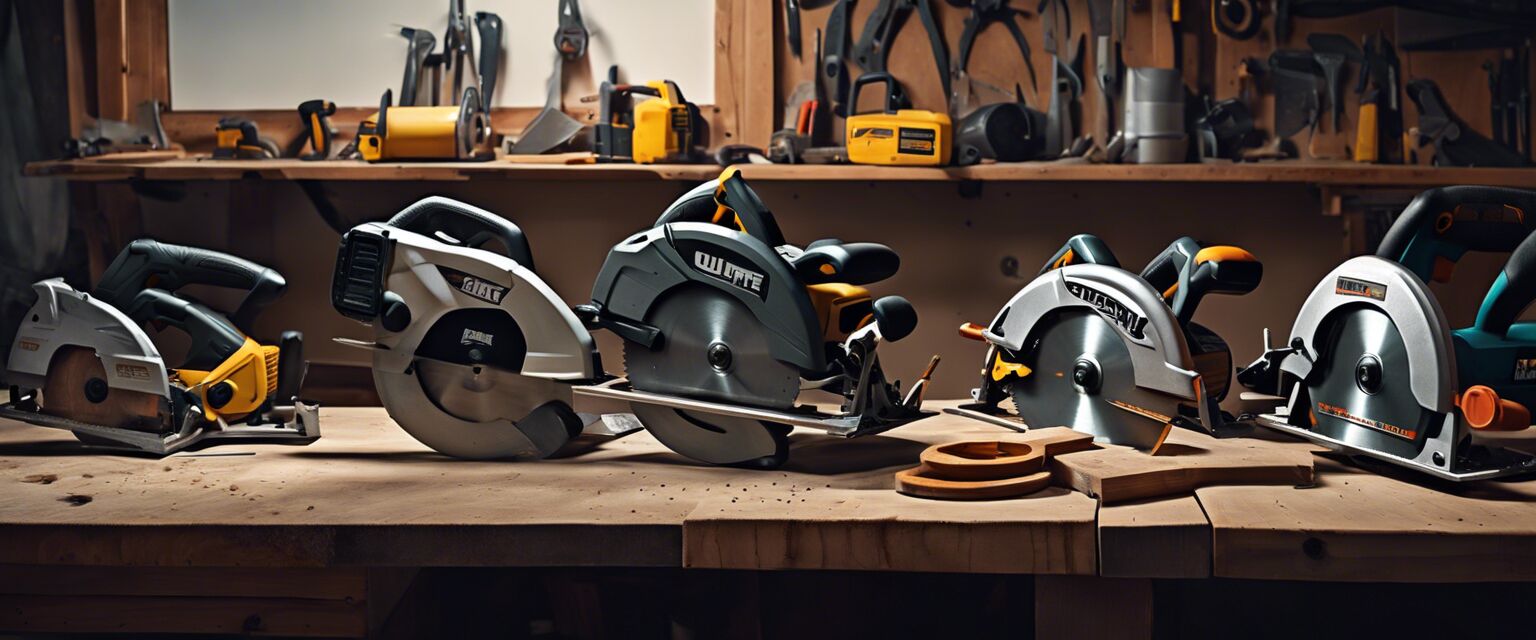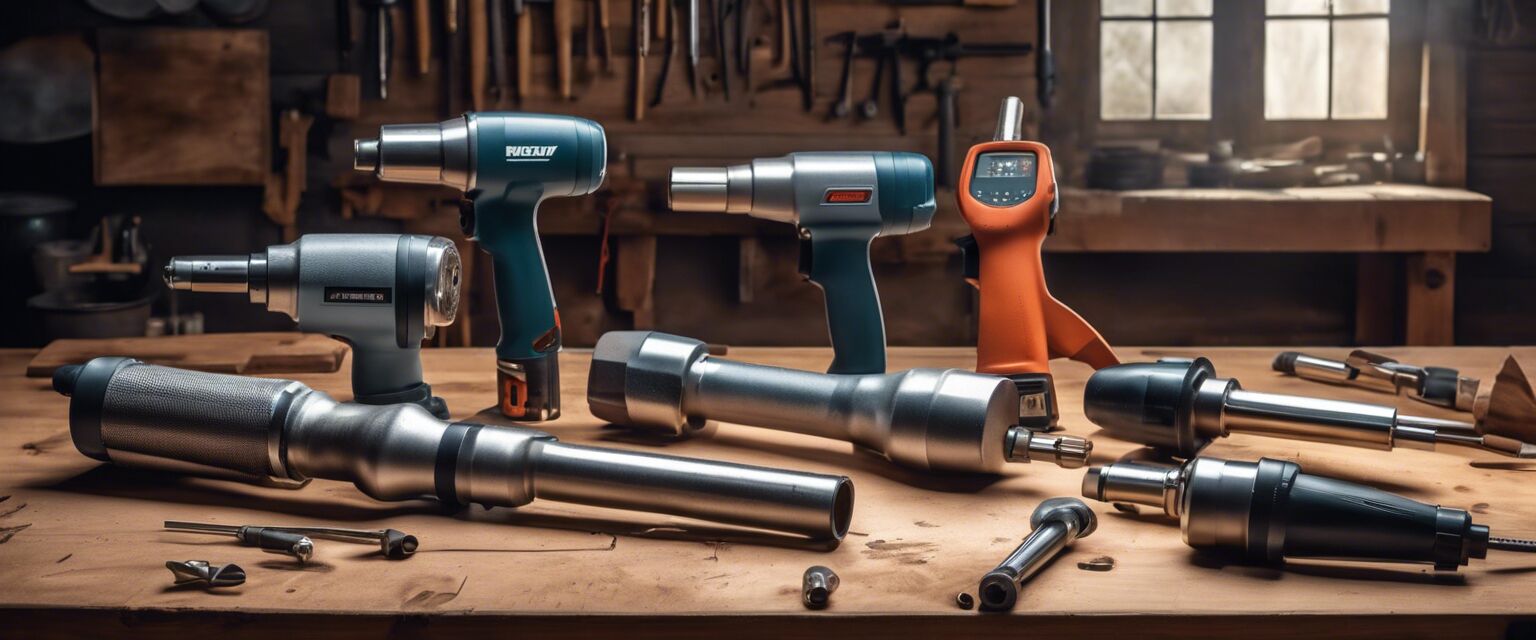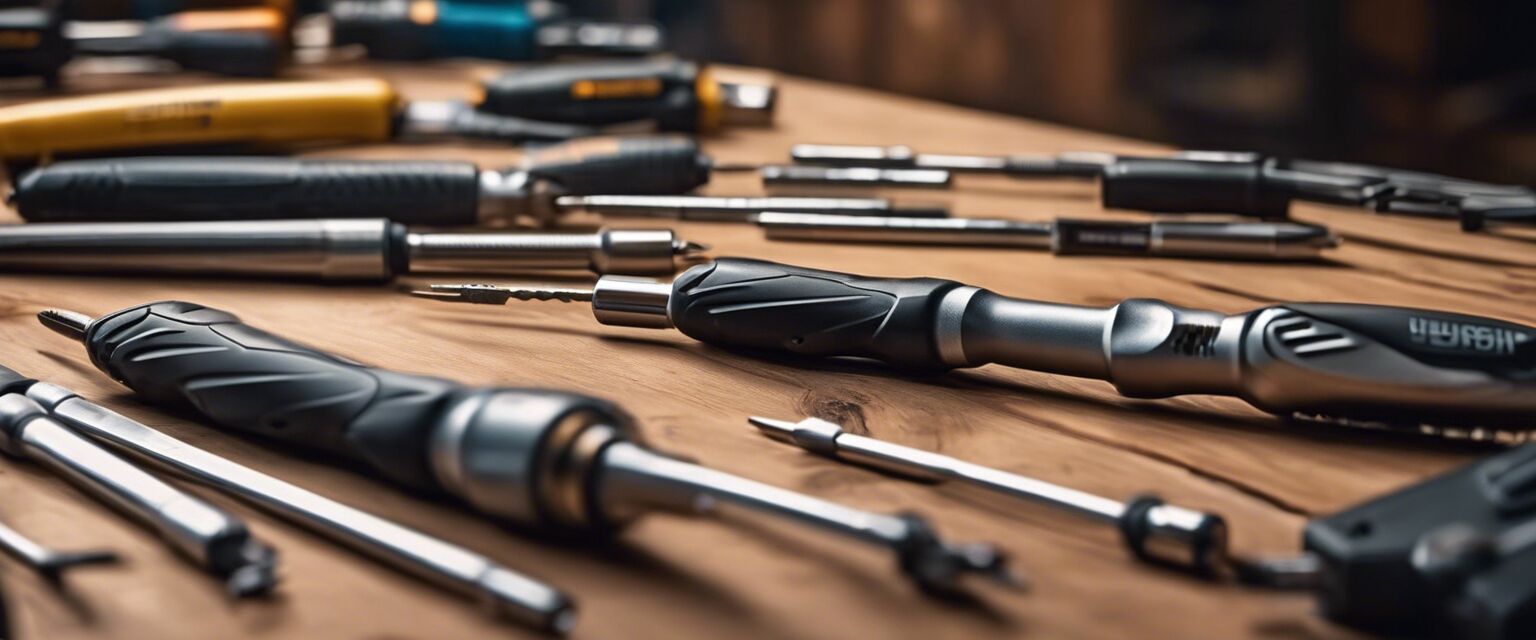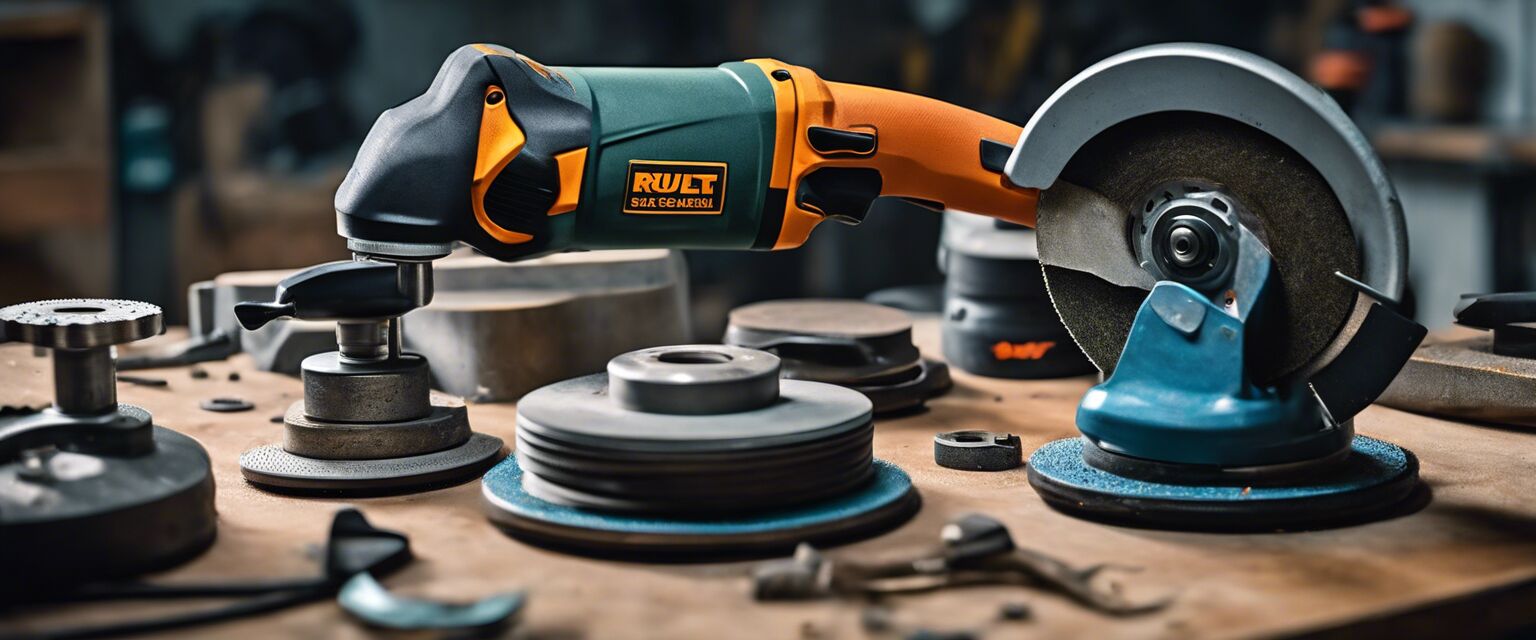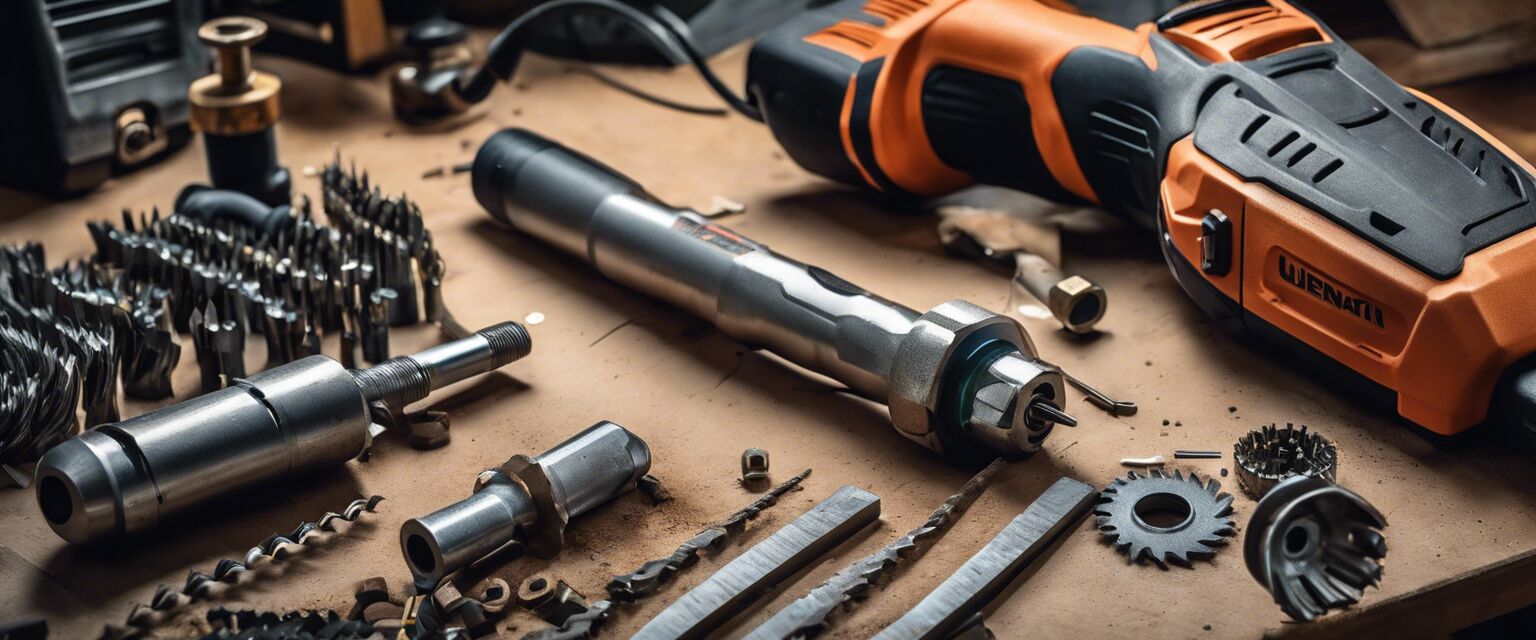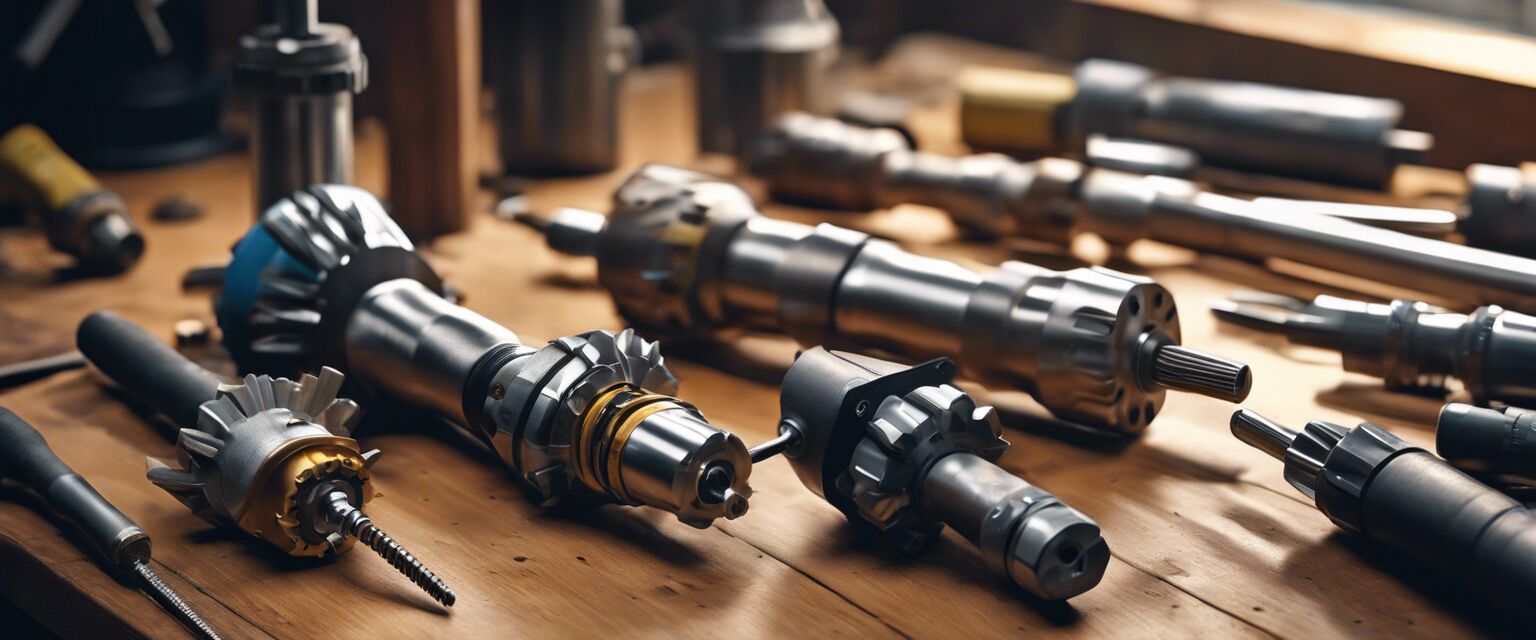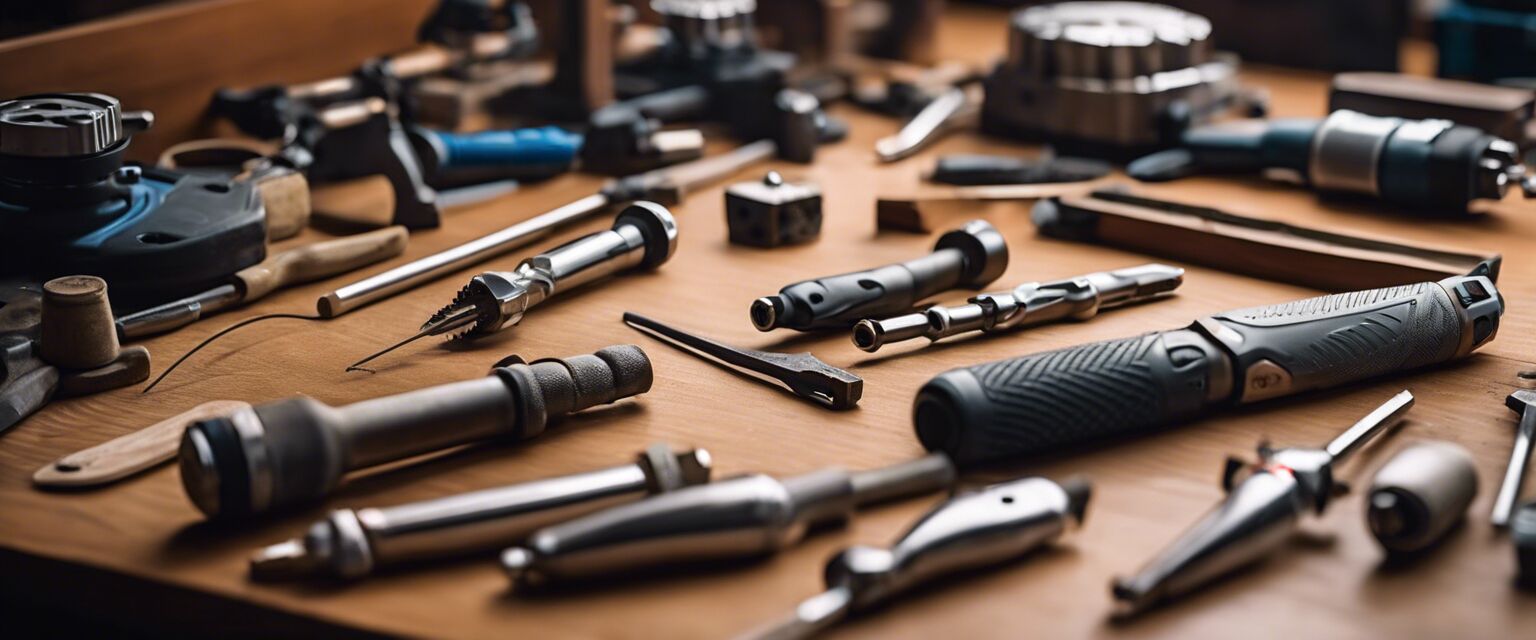
Rotary Tools
Key Takeaways
- Rotary tools are versatile and essential for precision work in various projects.
- They can be used for cutting, sanding, grinding, and polishing.
- Different rotary tools offer various attachments for specialized tasks.
- Understanding power ratings and speeds is crucial when choosing a rotary tool.
- Safety precautions should always be taken when using rotary tools.
Rotary tools have become indispensable for both contractors and DIY enthusiasts. Their versatility allows users to tackle a wide range of tasksâfrom intricate engraving to robust material removal. In this comprehensive guide, we'll delve into the different types of rotary tools and highlight key factors to consider when selecting the best tool for your needs.
What are rotary tools?
Rotary tools are compact, handheld devices that use a rotating bit or accessory to perform a variety of tasks. They can be powered by electricity or batteries, making them portable and convenient for various projects. Common uses of rotary tools include:
- Cutting materials like wood, metal, and plastic.
- Grinding and polishing surfaces.
- Engraving intricate designs on various objects.
- Sanding edges and small areas.
- Drilling tiny holes for detailed work.
Types of rotary tools
There are various types of rotary tools available, each suited for different tasks. Below are some common categories:
| Type | Description |
|---|---|
| Die Grinder | Designed for heavy-duty grinding and metalworking tasks with high-speed capabilities. |
| Dremel Tool | Perfect for detailed work, ideal for crafts and hobbies. |
| Rotary Saws | Used for cutting through various materials, including tile and wood. |
| Multi-Tools | Versatile tools capable of performing multiple functions like cutting, grinding, and sanding. |
How to choose the right rotary tool
When selecting a rotary tool, consider the following factors to find the right one for your specific needs:
- Power Source: Choose between corded or cordless options based on portability needs.
- Speed Settings: Look for tools with variable speed options for more control over your tasks.
- Attachments: Evaluate the available accessories and bits for different functionalities.
- Ergonomics: Select a tool that feels comfortable and easy to handle during extended use.
Common attachments and accessories
Rotary tools can be equipped with an array of attachments for diverse applications. Here are some of the most commonly used accessories:
| Accessory | Use |
|---|---|
| Cutting Discs | Ideal for slicing through materials like metal and wood. |
| Sanding Drums | Used for smoothing surfaces and removing material quickly. |
| Grinding Wheels | Perfect for sharpening tools and shaping various materials. |
| Engraving Bits | Designed for detailed engraving on a wide variety of surfaces. |
Safety tips for using rotary tools
While rotary tools offer endless possibilities, safety should always be paramount. Here are some essential safety tips to keep in mind:
- Always wear protective goggles to shield your eyes from debris.
- Use ear protection if operating the tool for extended periods.
- Ensure the work area is clean and free from hazards.
- Keep both hands on the tool while in use for maximum control.
- Turn off the tool before changing attachments.
Maintaining your rotary tool
Proper maintenance helps extend the lifespan of your rotary tool. Consider the following maintenance practices:
- Clean the tool regularly to prevent dust buildup.
- Inspect and replace worn or damaged attachments.
- Lubricate moving parts as recommended by the manufacturer.
- Store the tool in a dry, cool place when not in use.
Conclusion
Ultimately, rotary tools provide exceptional versatility for both professionals and DIY enthusiasts. By understanding the various types, accessories, and maintenance practices, you can maximize your productivity and achieve superior results in your projects. For further exploration into specific types of rotary tools, consider visiting our dedicated sections on rotary tools, angle grinders, and cordless drills.
Tips for beginners
- Start with a basic rotary tool and gradually explore specialized attachments.
- Practice on scrap materials before tackling significant projects.
- Watch tutorial videos to gain confidence and learn techniques.
Pros
- Highly versatile for various tasks.
- Compact and portable for easy handling.
- Diverse range of accessories available.
- Can perform intricate designs and detailed work.
Cons
- Overheating can occur with heavy use.
- Requires practice to master for best results.
- Quality can vary significantly among brands.
Explore more
Interested in expanding your toolkit? Check out our pages on impact wrenches and portable saws for more great tools to assist in your projects.
